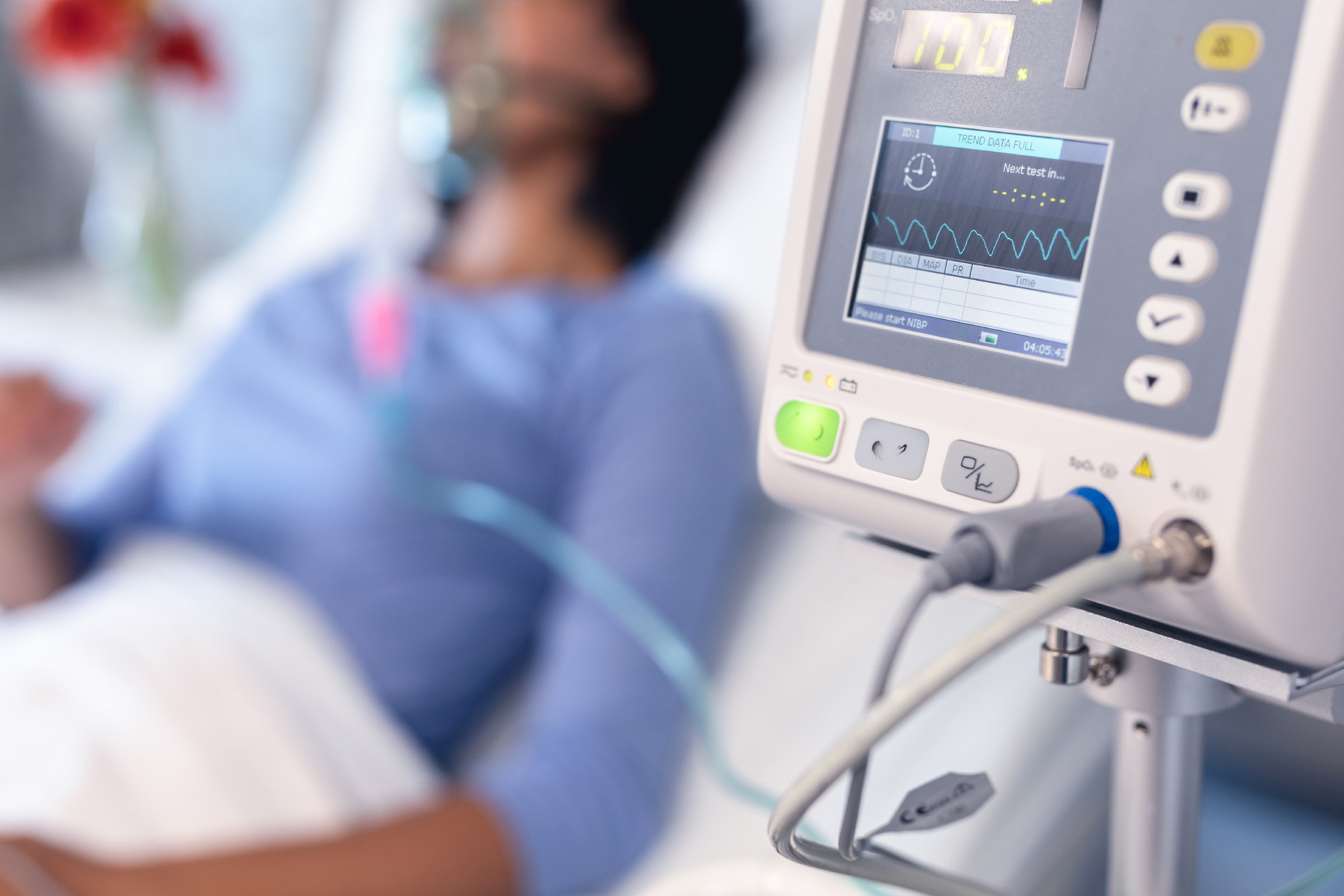Ventilator-associated pneumonia (VAP) is a lung infection that develops 48 hours or more after initiating invasive mechanical ventilation. Mechanical ventilation assists breathing in patients who have weak respiration and cannot independently breathe sufficiently to remain alive. Examples of invasive mechanical ventilation techniques include endotracheal intubation and tracheostomy. In endotracheal intubation, a physician places a long endotracheal tube in the patient's trachea (windpipe) through the mouth. In tracheostomy, the trachea is accessed through a small incision on the patient's neck. Tracheal secretion accumulation during intubation is a high risk factor for VAP, which can be caused by lung and lower respiratory tract colonization with microorganisms.
Exploring Oral Hygiene’s Role in Reducing Ventilator-Associated Pneumonia
Posted by
Evan LeGault Director, Clinical Evidence Assessment on Jan 23, 2024
0 Comments Click here to read/write comments
Topics: Evidence-Based Medicine

